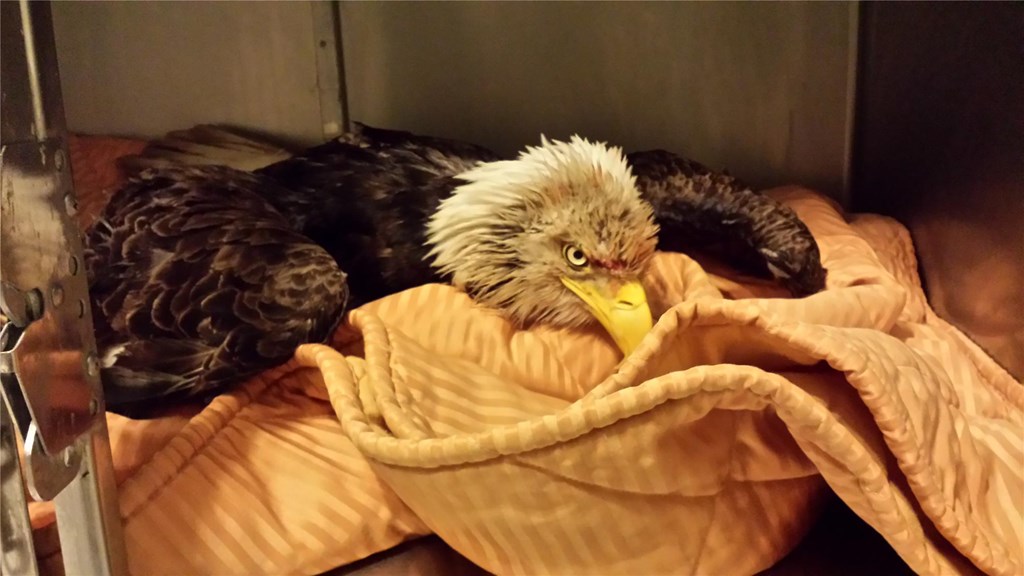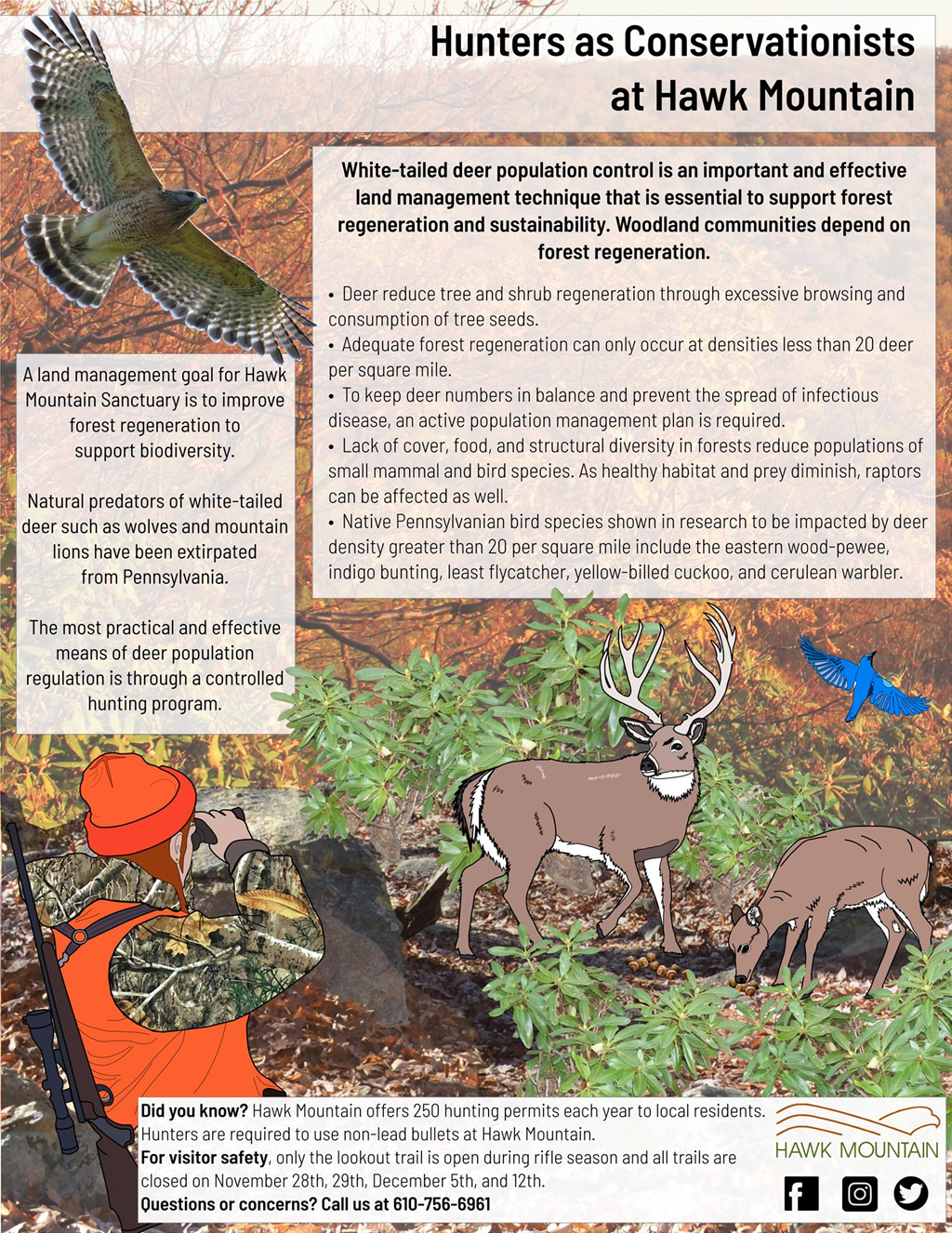Hunters as Conservationists: Get the Lead Out!
Posted on November 23, 2020 in General

By Rebekah Smith, Science-Education Outreach Coordinator
Hunting season is upon us, and this great American tradition draws people out into nature while serving as a crucial link in conservation and land management decisions throughout the United States. Hunting permits and hunting supply sales generate millions of dollars that directly fund conservation efforts and protect habitats throughout America. But, as with all practices, it is important to think about what we leave behind. Many hunters are switching to copper bullets to reduce lead in the environment and their meat with no noticeable performance impact.
Lead has long been a cheap, effective material for munitions manufacturing. But, what happens to this lead? Most of it will end up in the offal piles left behind during the field dressing process. These offal piles serve as valuable nutrient sources to many species that rely on scavenging – for at least part of the year. Residual lead and lead bullets found in gut piles has negative outcomes when left in the ecosystem. Wildlife can easily digest the lead and it often replaces other elements within an organism's body where it is primarily stored in the bones and breaks down the nervous system. This can have costly effects. For species such as raptors that rely on visual acuity and lightning fast reflexes to ensure survival, any amount of lead ingestion resulting in impaired vision and neurological decay could guarantee death unless afflicted individuals are found and treated for lead poisoning.

Two species that have high susceptibility to lead are bald and golden eagles. They are routinely admitted into rehab facilities in the mid-winter, post-hunting season, due to lead poisoning. Golden and bald eagles are facultative scavengers which means they occasionally rely on carcasses and gut piles to meet their dietary needs. However, most raptor species will opportunistically scavenge during the winter months. Eagles have been documented exhibiting behavior that shows they will expect hunter gut piles and investigate an area when they hear a shot. They will also travel to a location where seasonal hunts provide them with an easy meal. During the late fall and winter period, many raptors will supplement their diets by scavenging carcasses of other animals. These valuable resources can come from a variety of sources such as winter die offs, vehicle collisions, or hunting events. Additionally, winter is a high risk period for lead poisoning in raptors because other types of food can be scarce and thermoregulation during cold weather requires more food.
Follow the link below to watch a virtual program covering the research that has been done on lead uptake by a variety of raptor species, the sources of lead, and mitigation work to provide a data-driven solution for a healthier ecosystem. From the scavenger's winter meal to the hunter’s table, we recommend getting the lead out and going copper!
Click here to watch the Lead Poisoning of Raptors webinar
At Hawk Mountain, we collaborate with the local hunting community to support healthy forest ecology and biodiversity by managing the increasing white-tailed deer (Odocoileus virginianus) population. The most practical and effective means of supporting adequate forest regeneration through deer population regulation is by using a controlled hunting program. We require our hunters to use non-lead bullets while hunting on Hawk Mountain property. Learn more by checking out the flyer below.
For visitor safety, only the lookout trail is open during rifle season and ALL trails are closed on November 28th, 29th, December 5th, and 12th.
Questions or concerns? Call us at 610-756-6961.
